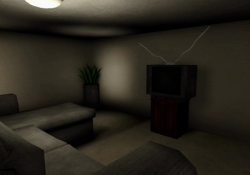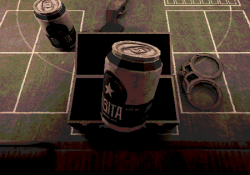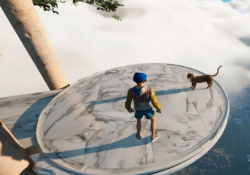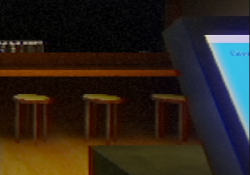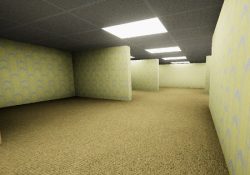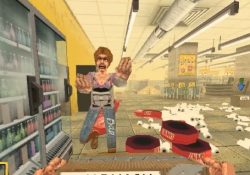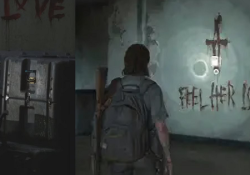Don’t Scream is built around one idea: staying completely silent. As you step into a forest with a handheld camcorder, your microphone becomes the most important mechanic. The game listens at all times, and the slightest vocal sound — whether it’s a startled gasp or a quiet whisper — ends your session. What begins as a walk through the woods quickly shifts into a test of self-control. You’re not just exploring a virtual space; you’re managing your real physical response to pressure. The fear doesn’t come from monsters or enemies, but from knowing that one natural reaction can undo everything. This makes each decision to move forward feel heavier than the last.
The Forest Reacts as You Move
Time inside Don’t Scream doesn’t flow like in most games. It only progresses when you move forward. If you stop, time stops too — but standing still doesn’t make you safe. The longer you delay, the more uncertain your surroundings become. Scares are randomized and dynamic, meaning you can never fully prepare for what might happen next. A sound behind you, a flash of movement in your peripheral vision, or a distortion on the camcorder screen might appear at any time. The game adapts its environment, rearranging familiar paths and inserting new events to break your sense of direction and safety. Moving forward is the only way to progress, but also the only way to risk failure.
Core elements in Don’t Scream include:
- A real-time microphone system that resets the game when you make a noise
- A movement-based timer where time advances only when walking
- Randomized and non-repeating scare events tied to progress
- A battery system requiring players to find energy sources to keep filming
- Hidden relics scattered across the forest that provide background fragments
- Roaming threats that may appear suddenly, requiring quick, silent reactions
Survival Through Restraint
In Don’t Scream, there are no weapons to pick up, no combat to prepare for, and no dialogue to guide you. The forest is not navigated through skill, but through caution and emotional control. You have to monitor your breathing, anticipate shocks, and force yourself to remain calm. The pressure comes from knowing that failure isn’t caused by a wrong move on the screen, but by your real-world voice or breath. This forces a unique kind of immersion where your physical reactions have direct consequences. Each sound you don’t make becomes a choice, a small victory against an environment designed to push you past your limit.
Each Run Is a Personal Trial
What makes Don’t Scream stand out is that no two playthroughs feel identical. Even if the map stays the same, the pacing, events, and responses change depending on your behavior. Some players might reach the final moments without incident, while others could be caught off guard within the first minutes. There is no traditional reward or score at the end. The accomplishment is internal — you made it, or you didn’t. But either way, you’ll remember how it felt. The game doesn’t aim to scare you in predictable ways, but to challenge your ability to remain composed when everything around you is pushing you to react.




